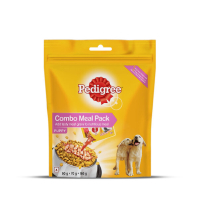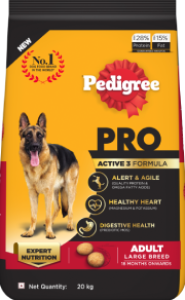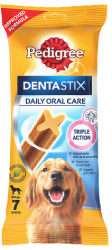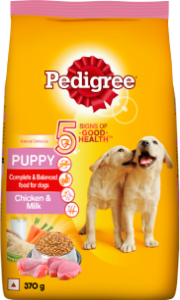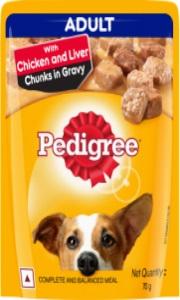
In this section
5 Ways to Cope With Your Dog’s Separation Anxiety Post Lockdown
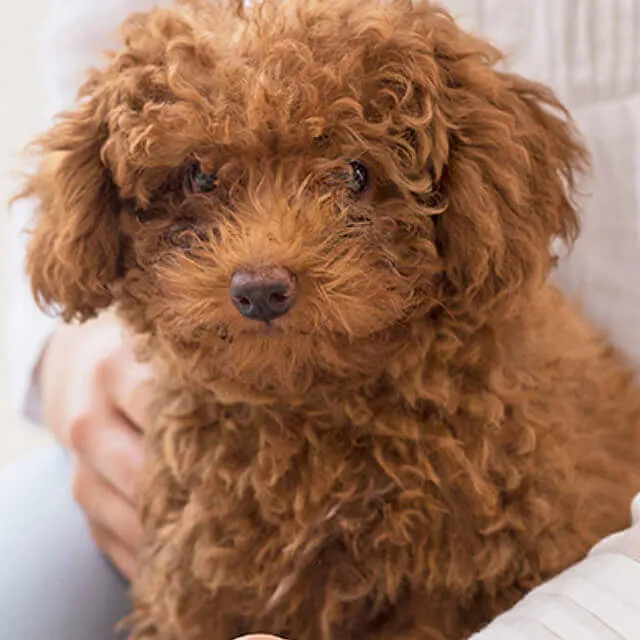
share:
The nation-wide lockdown brought its own set of challenges, but if there was one big advantage, it was the fact that pet parents had the chance to spend quality time with their pooches. While it might have been confusing for them to see you at home all day, we’re sure your furballs were ecstatic to receive countless belly rubs, lots of cuddling and more playtime than usual. However, now that the lockdown is being lifted gradually, your pooch will have to get used to seeing you leave the house all over again. For some dogs, this absence might trigger a behavioural condition termed as ‘separation anxiety’.
Separation anxiety occurs when a dog becomes stressed or anxious whenever they are left at home by themselves. The signs of separation anxiety in dogs include howling, barking, excessive paw-licking, excessive salivation, panting, urination and defecation indoors and even destructive behaviour like scratching surfaces or chewing items like furniture or footwear.
This behaviour can be distressful not just for your pooch but also for you. However, there are a few ways to make sure your dog is soothed and happy when left alone. To minimise the risk of your furry friend developing separation anxiety and ease it back into your regular routine, you can follow these tips…
#1 Start leaving your dog in another room
When you are attending to a task even as simple as making yourself some tea, leave your pooch in another room of the house. Start doing this on a daily basis for short periods and gradually build up. However, don’t leave your dog in for too long at a single stretch. Also, make sure the room is free of anything that can be chewed or destroyed.
#2 Organise your dog's day to match your post-lockdown routine
If your lockdown routine was significantly different from your regular routine, gradually begin to match up to it. For example, if you were used to walking your pooch at a certain time before heading for work, reintroduce this habit all over again. Feed, walk and groom your dog at the same time you as did before lockdown. This will only make it easier for your dog to adapt since dogs thrive on an established routine.
#3 Use enrichment toys or long-lasting treats
Dog enrichment toys are interactive and are known to stimulate dogs while burning energy as well as relieving boredom and anxiety. These include puzzles, treat toys and even squeaky toys that can keep dogs entertained for a while. These toys will help keep your pooch occupied when left alone. You could also give your dog a long-lasting treat like the Pedigree Jumbone to chew on when you are not around. These toys and treats act as pacifiers and reassure your pet that being left alone isn’t all that bad.
#4 Normalise 'hello' and 'goodbye'
Keep your greetings as normal and subdued as possible. Showing too much sadness on leaving or too much excitement on returning will only heighten the feelings of anticipation and increase stress. It is also advisable to establish a ‘leaving routine’ and use a phrase like “stay and be good, I’ll be back soon” that you use only when you are leaving your pooch alone. This helps prepare your pooch for what is to come next.
#5 Be conscious of how much skin-to-skin contact your dog receives
During lockdown, your furry buddy enjoyed every minute of being in close proximity with you—whether it was cuddling while you watched a movie or circling around your feet as you did chores. Touch intensifies their feeling of dependency on you, and this makes it very difficult for them to cope when you are not around. Train your pooch handle restraint by encouraging it to have me-time in its bed or crate. When you do leave the house, you could leave an old piece of clothing that smells of you in its bed to ease nervousness.
While it may be heartbreaking to see your furry baby anguished, it is necessary to ignore unwanted behaviour. Nevertheless, it is also equally important to reward your pooch when you notice success. It is best to leave your dog when it is amply exercised and well-fed so that it is stimulated or tired enough to take a nap. Separation anxiety in dogs is common and can be dealt with using the tips mentioned above. However, if you find that leaving your pooch alone is becoming increasingly difficult, contact your vet or a dog behaviourist to assist you.
Review this article:




